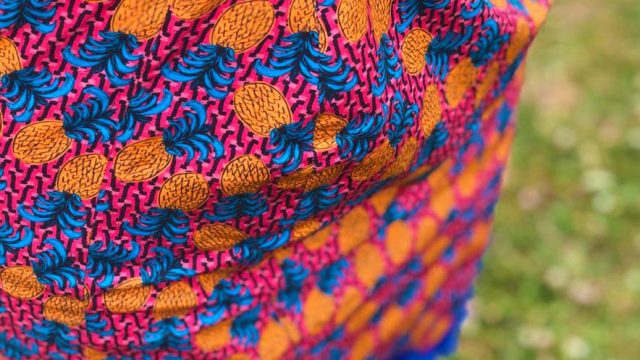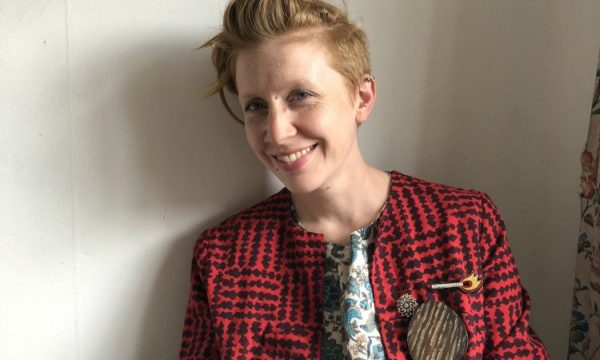On this day in 1918, exactly 100 years ago, part of British women could exercise their right to vote for the first time. To celebrate, MA student Catherine Hill discusses the female founders of the Royal Society for the Protection of Birds and their importance in countering the use of feathers in fashion.u00a0
Written by Catherine Hill, MA student of the V&A/RCA History of Design Programme
The rise in concern for animal welfare within the fashion industry began with the work of Emily Williamson and the early founders of the RSPB (Royal Society for the Protection of Birds). The RSPB was founded with the aim to end the fashion for wearing plumage in the 19th and 20th century. The fashion for feathers was at its height in the Victorian and Edwardian era and included extremely extravagant headdresses, which were often decorated with whole birds. The practices of international fashion and their reflection in the media created a vogue for animal fashions and the plumage of birds became the latest fashion accessory to be paraded along the streets of London, Paris and New York. Between 1870 and 1920, more than 20,000 tonnes of feathers, with an estimated worth of u00a34 billion at todayu2019s prices were brought into Britain for use in the fashion trade. The use of plumes in womenu2019s hats encouraged the barbaric treatment of birds and presented a threat to up to 61 species of birds, in particular egrets.
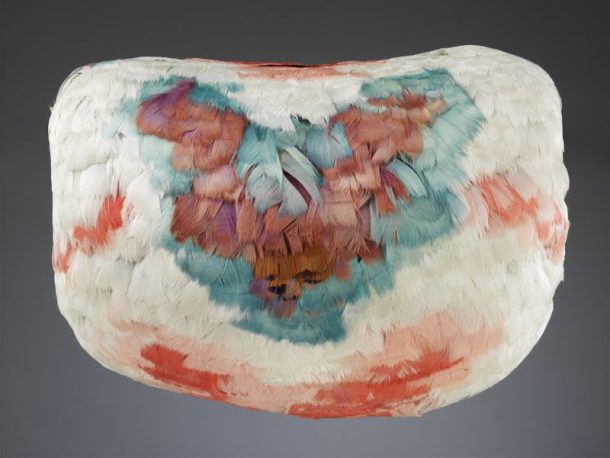
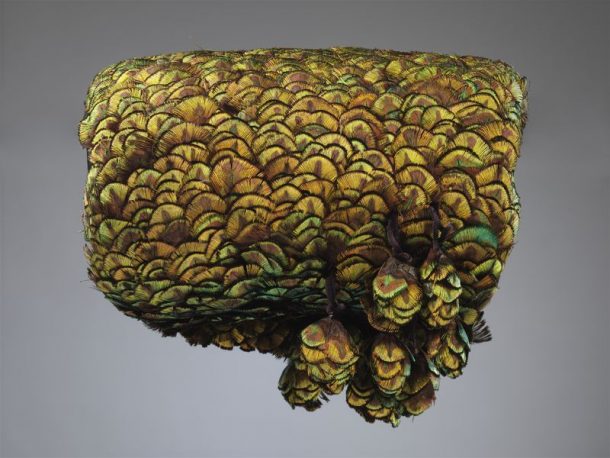
The Society for the Protection of Birds (SPB), as it was called before it received its Royal Charter in 1904, was formed u2018in the hope of inducing a considerable number of women, of all ranks and ages, to unite in discouraging the enormous destruction of bird life exacted by milliners and others for purely decorative purposes.u2019 It was started by Emily Williamson of Didsbury, Manchester in February 1889.The protest by a small group of women flourished and developed into a national campaign that resulted in the banning of the importation of plumage in 1921. This was an important moment in the animal rights movement. It was one of the first protests against the human role in the extinction of other species to take shape around animal fashions. These women were devoted to the fight for bird protection at a time when women had little political authority but their wealth and class provided them with enough education and influence to make a difference. By 1898 the SPB had 20,000 members in 152 branches and was well on its way to being a force for change.
The fashion for feathers that led to the slaughter of wild birds created a global plumage industry that distributed extortionate amounts of plumage throughout the fashion centres in the West. In particular, London, New York and Paris supplied middle class women with hats trimmed with the feathers and bodies of exotic birds. The SPBu2019s campaigns were particularly effective in relaying the truth about the cruelty of the plumage industry and bringing the image of u2018murderous millineryu2019 to the publicu2019s attention. They distributed leaflets discouraging support for feathered fashions and their journal Bird Notes and News, which was published from 1903, highlighted the damaging effects of the trade. Their initial campaigning tactics also included writing intimidating letters to women that they had seen wearing plume hats in church. They employed an increasingly populist and activist strategy and appealed to womenu2019s motherly instincts by highlighting the desperate condition that young birds were left in following the cruel death of adult birds during breeding season. The campaigns succeeded in provoking outrage and disgust at the use of wild animals as decoration and encouraged women to refrain from the wearing of plumage and fur.
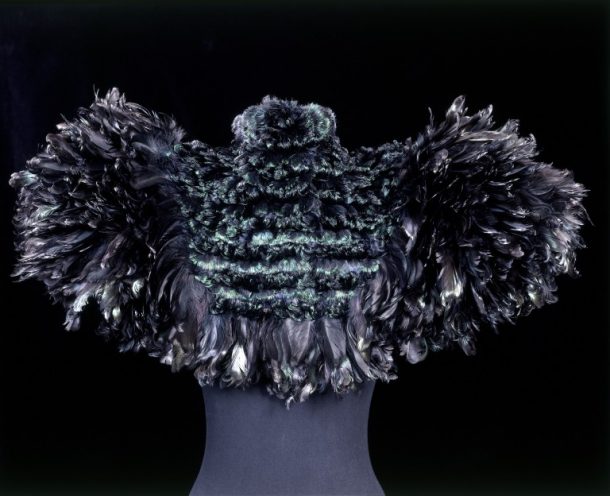
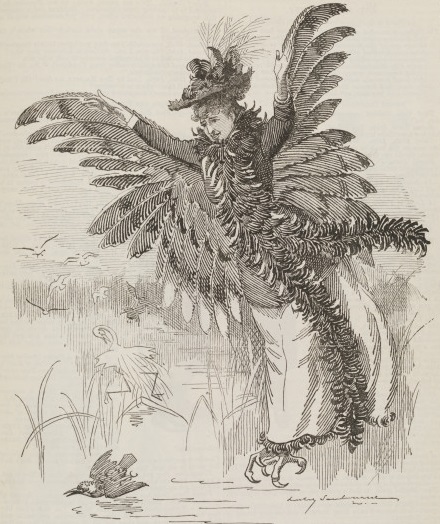
The founders of the RSPB, arguably the first women to advance the cause of animal protection in the fashion industry, paved the way for later campaigns. The Humanitarian League (1891-1919), for instance, campaigned against the fur trade and included many female members. In paving the way for the animal rights movement, the female founders of the RSPB contributed to the nature conservation and welfare movements in Britain, and deserve recognition for their pioneering work.
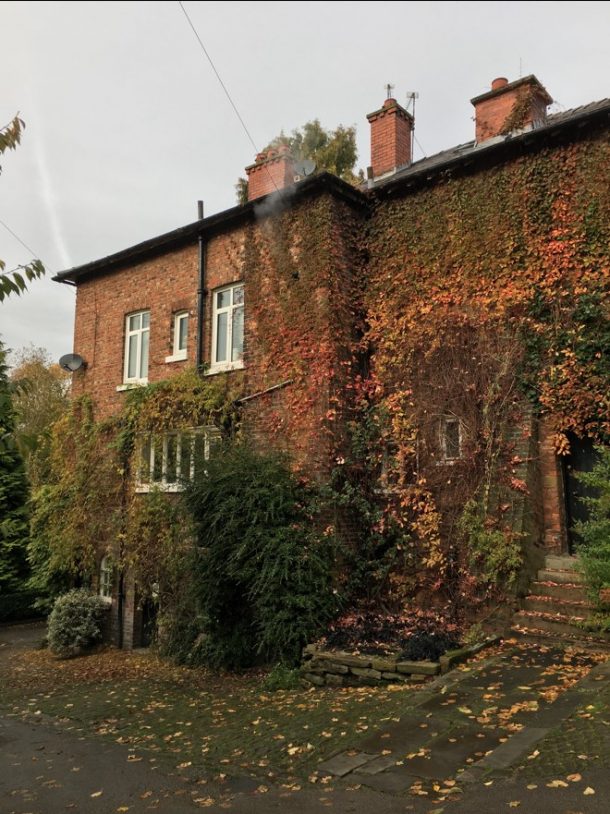
Continuing on the theme of protest, the next post will look at Lynx’s campaign strategy to counter the popularity of fur.
